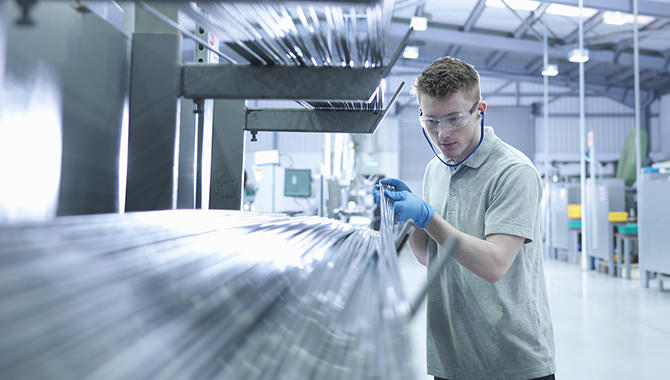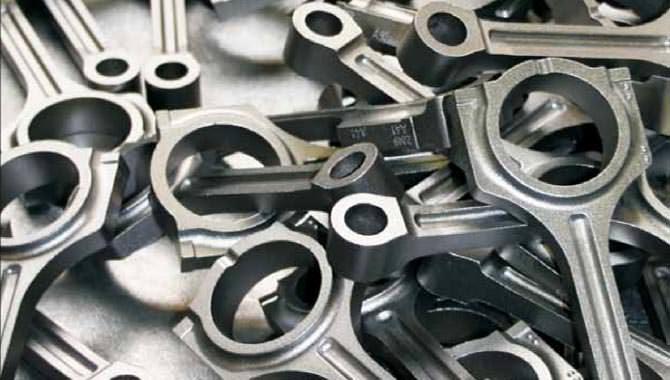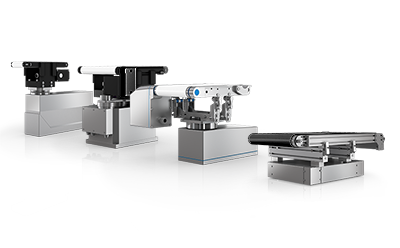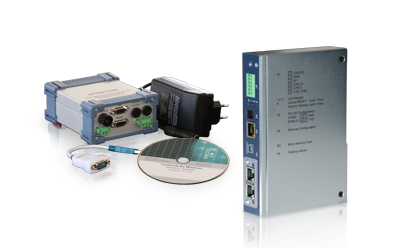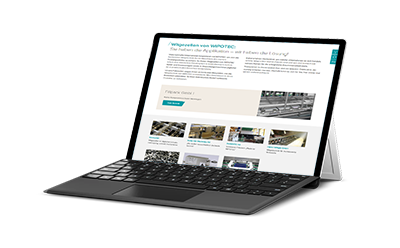Universally applicable Weigh Cells for every industrial production process
Our Weigh Cells are used in industrial production processes around the world. They are integrated into checkweighers, filling and dosing plants, for example. Weigh Cells are also installed in a wide range of packaging machines or conveyor belts.
All Wipotec Weigh Cells are “Made in Germany” and stand out due to:
- maximum accuracy
- guaranteed long-term stability
- best responsiveness
- very good linearity
- extremely fast settling times
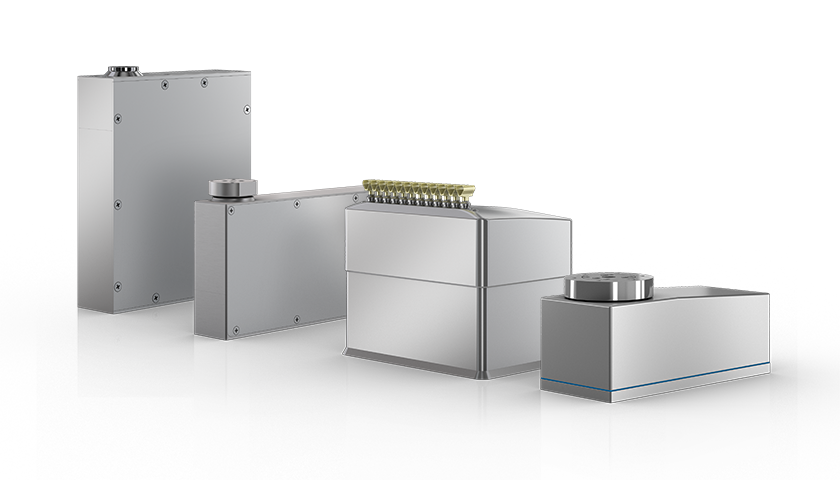
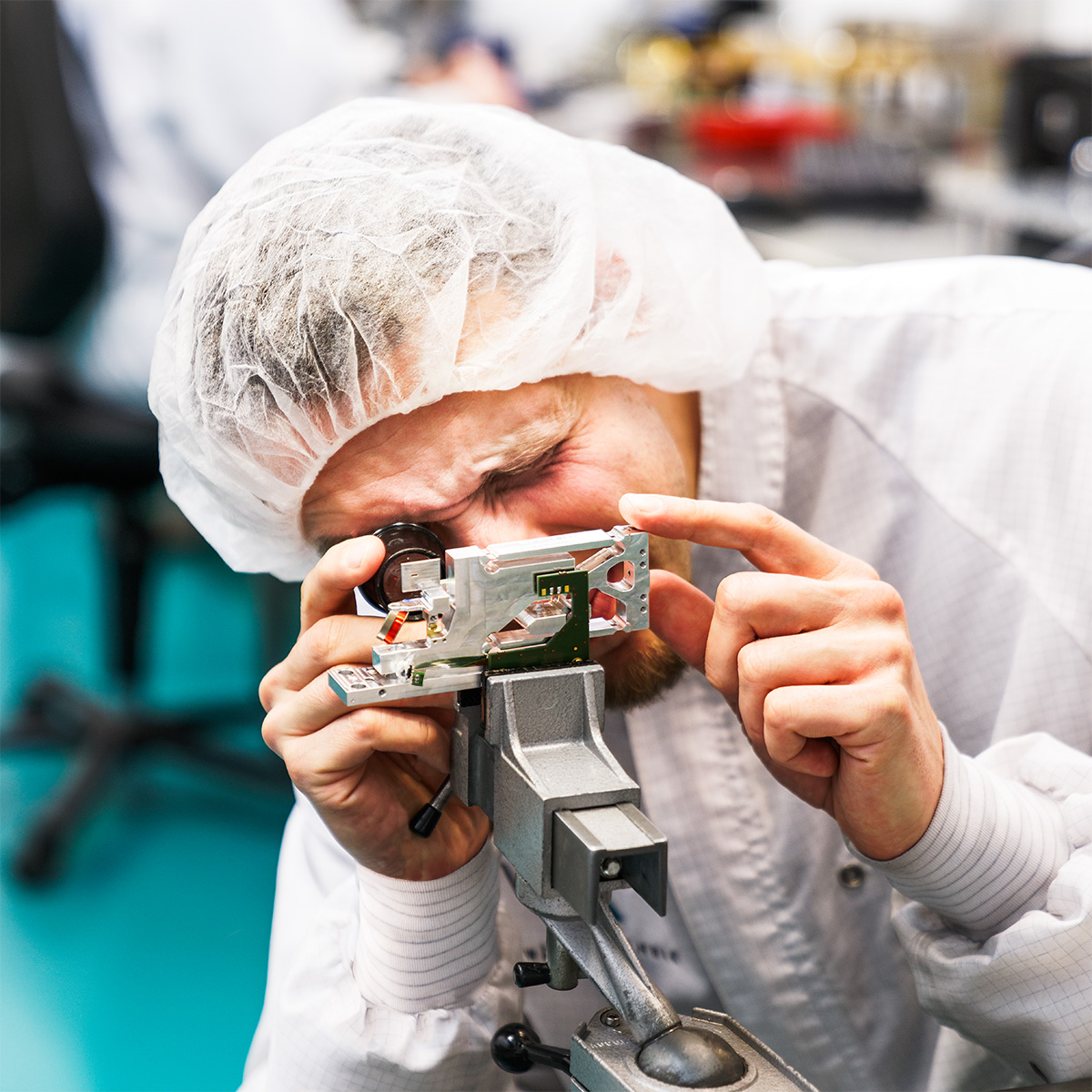
Highest quality Weigh Cells for manufacturing
Precision and speed are extremely important factors when weighing products. Regardless of whether you manufacture pharmaceuticals, produce food or weigh chemical products, our products guarantee maximum accuracy.
Accurate measured values – thanks to EMFR and AVC
You and your customers will be convinced that we know Weigh Cells at the latest after you incorporate a Wipotec Weigh Cell module into your automated, high-frequency production line: Wipotec solutions measure the weight with a high degree of accuracy, even when takes place at speed. This is because our Weigh Cells use electromagnetic force restoration (EMFR).
Do vibrations from the product line interfere with your weighing process? With our solutions, you can still rely on the most accurate data. Many of our Weigh Cells feature Active Vibration Compensation (AVC) as an option. This function reliably filters interferences. They ensure increased safety and product quality, especially in highly dynamic production processes.
Weigh Cells from Kaiserslautern – because quality equates with satisfaction
Wipotec Weigh Cells are developed and built in our parent works in Kaiserslautern – with vertical integration of 85 %. Made in Germany after all! So, if you manufacture products of the highest quality, a Wipotec Weigh Cell module is an excellent investment for the future. And, of course, it is also an investment in your customers’ satisfaction.
Curious to find out more?
Flexibility Unlimited
Multilane
All technical developments focus on Weigh Cells and modular multi-lane systems (MMS).
The tried and tested modular system at lane level ensures space-saving, lane-number-accurate combination of units. Individual lane modules can be arranged side by side and with precise measuring point accuracy. It requires just a few simple steps to subsequently mount the electronic modules for Weigh Cells and AVC sensor on top of them. The base module ensures the supply of operating voltage and enables connection to field bus and analysis interfaces.
Active Vibration Compensation
Filtering out Vibrations Three-Dimensionally with AVC
The proprietary Active Vibration Compensation (AVC), is a sensor-based measurement technology that compensates all types of vibrations in production processes. As a result, the combination of Active Vibration Compensation (AVC sensor) and Weigh Cell guarantees reliable, exact measured values even when exposed to severe vibrations, such as may occur in production plants.
Wash Down
Do you think that Wipotec Weigh Cells can’t be wet cleaned because they’re high-precision weighing systems? We’ve developed Weigh Cells that meet protection class IP65 in cleaning mode. We can even cover IP69K applications with the right Weigh Cell from our extensive range.
Mounting
Installation options
Your machine position doesn’t permit you to screw through the mounting plate from below? This is where our mounting flange, optionally on top or at the bottom, helps with installation.
Wide variety
With Weigh Cells, the load is usually introduced from above. Do you have an innovative idea and need to introduce the load from the front? Or would you like to flip the Weigh Cells over and use them in upside down operation? You’ve come to the right place with us.
Connecting
Connection options
Regardless of the installation position, the option to design the interface connection at the rear or on the bottom ensures that our Weigh Cells adapt to your machine concept. The optional straight or angled connector completes the flexible connection options.
Whether your machine communicates via CAN, RS 422, Profibus DP, Profinet IO, Ethernet/IP, EtherCAT or Powerlink, our Weigh Cells speak the same language.
Fieldbus Variety
The Weigh Cells permit communication with a large number of field buses. CANopen, EtherNet/IP, EtherCAT, Profinet IO, Powerlink are all possible. The diversity of systems ensures maximum freedom for machine constructors and end customers alike when it comes to integration in existing systems, but at the same time it also provides scope for pioneering concepts.
Self Check
Do you want to be able to check the WIPOTEC Weigh Cell is working properly at any time? For this we’ve integrated a test weight.
Advantages at a glance
For OEM
Our weighing products are ideal for original equipment manufacturers (OEM):
- Professional and technical advice at eye level
- Globally recognized weighing technology
- Flexibly adaptable to machine requirements
For end customers
End customers also benefit from Wipotec’s extremely fast Weigh Cells:
- Increased production reliability thanks to Self Check and AVC
- Maintenance-free design and construction
- State-of-the-art capture of production data
The Weigh Cell Finder – suitable solutions made in Germany
Find the right weight sensor for your project here.
Click on the desired sector to be redirected:
Our Weigh Cell overview
Please decide:
What weights would you like to weigh?
We present suitable solutions with just one click.
- 0-2 kg
- 0-15 kg
- 0-120 kg
- MTC
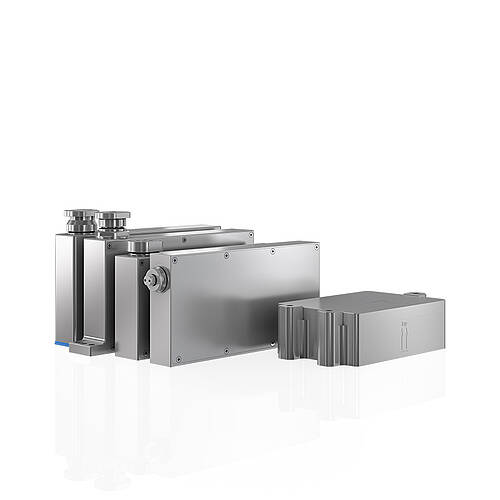
MMS 2
Weighing Range: 2,000 g
0-2 kg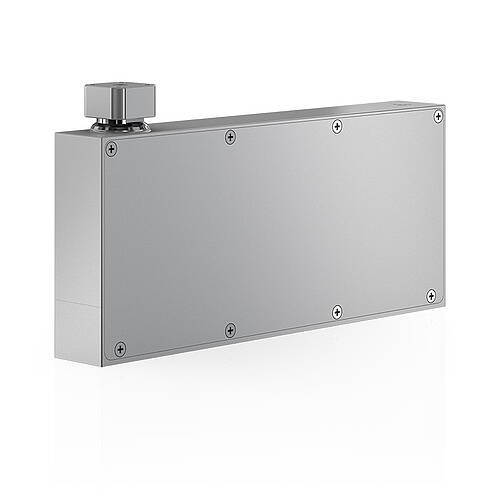
SX-M-FS
Weighing Range: 60 g
0-2 kg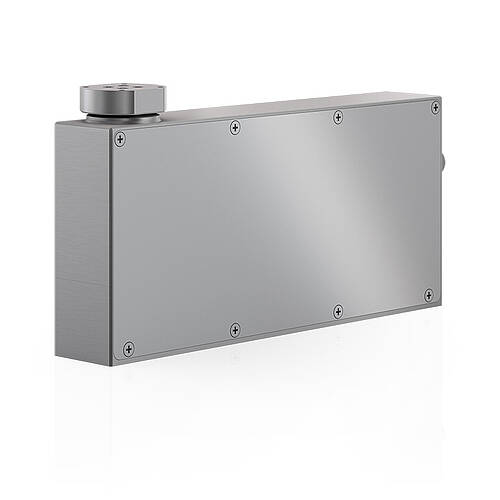
SL-M-FS
Weighing Range: 1,000 g
0-2 kg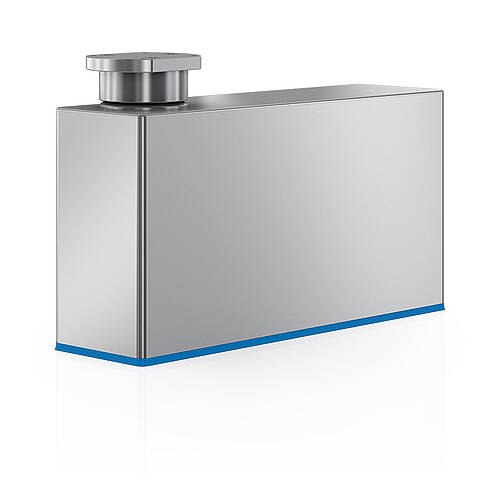
SW-M-FS
Weighing Range: 2,000 g
0-2 kg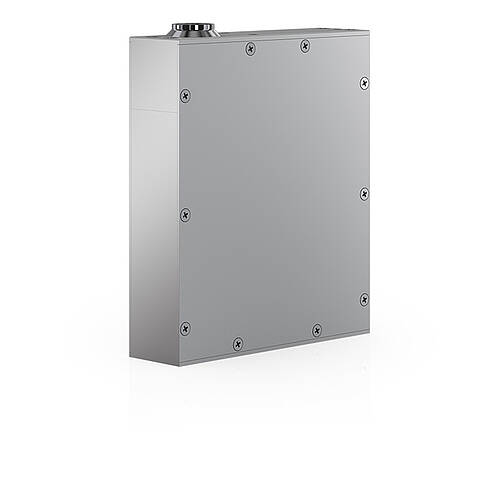
SL-E
Weighing Range: 70 g
0-2 kg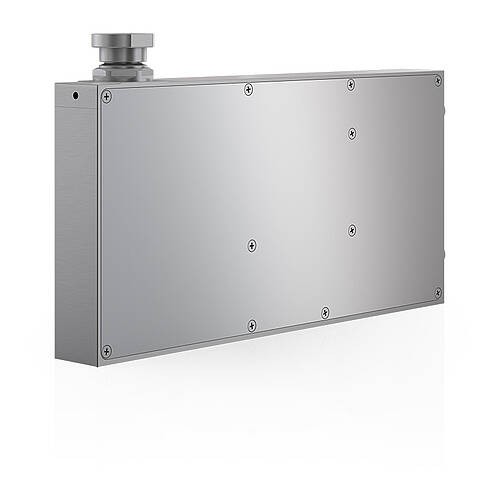
SL-FS
Weighing Range: 1,000 g
0-2 kg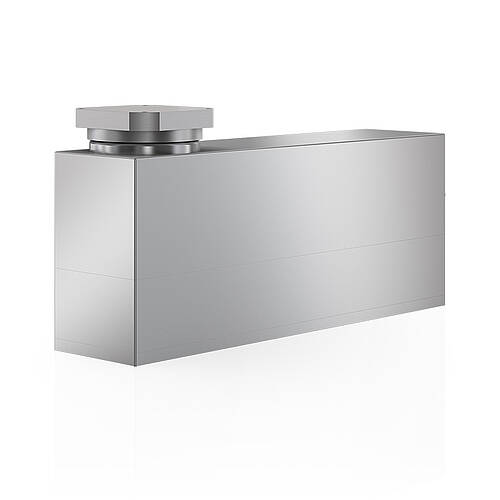
SW-FS
Weighing Range: 2,000 g
0-2 kg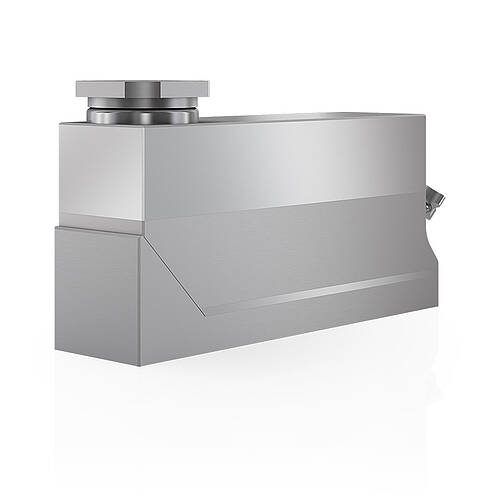
SW-D-FS
Weighing Range: 2,000 g
0-2 kg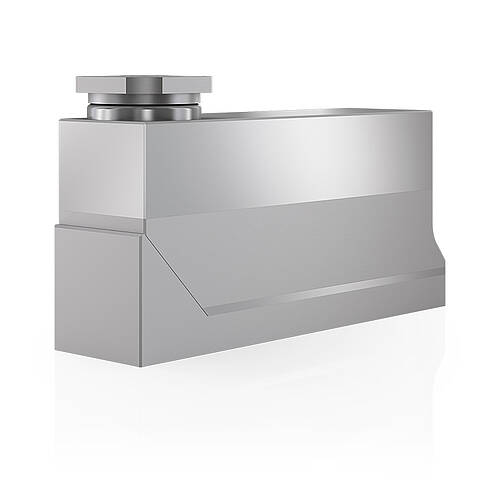
SW-D-FS-EX
Weighing Range: 2,000 g
0-2 kg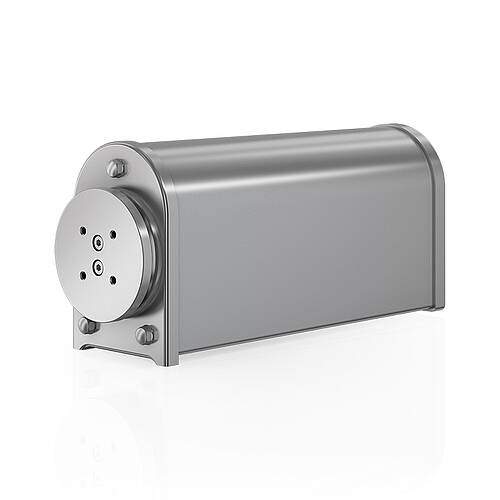
SW-WD-FS
Weighing Range: 2,000 g
0-2 kg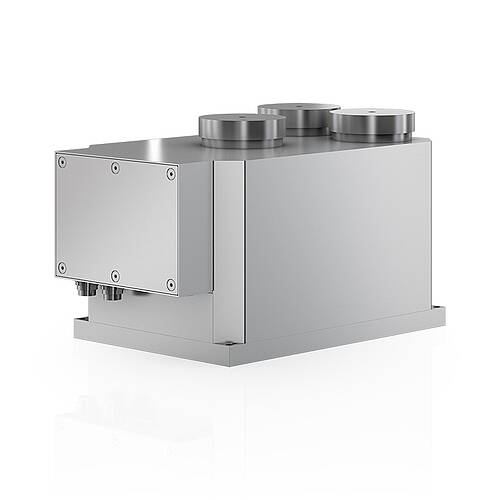
EC-FS
Weighing Range: 15 kg
0-15 kg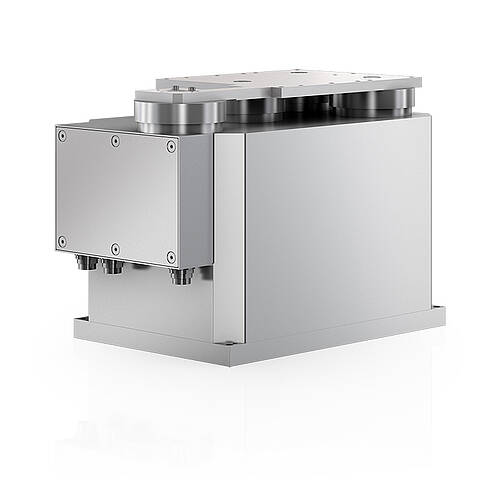
EC-FS-AVC
Weighing Range: 7.5 kg
0-15 kg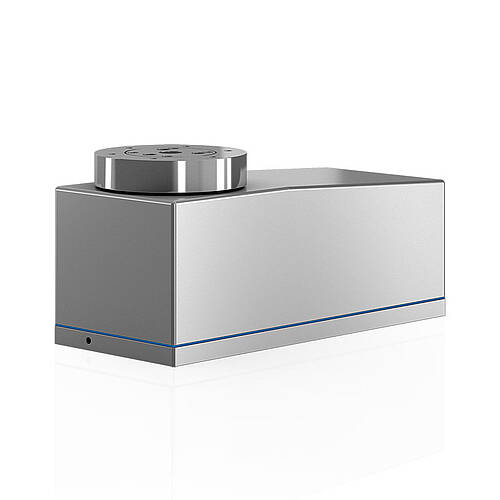
EC-ES-FS
Weighing Range: 7.5 kg
0-15 kg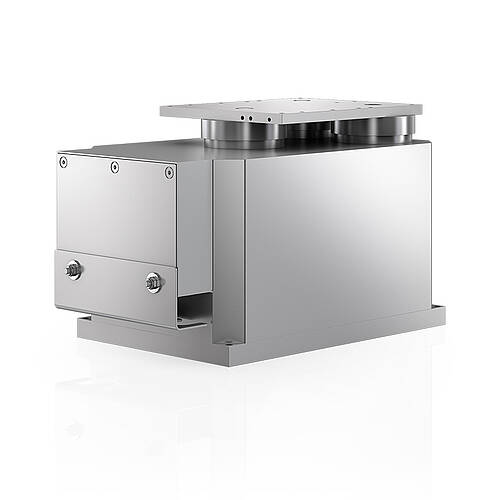
EC-FS-EX
Weighing Range: 15 kg
0-15 kg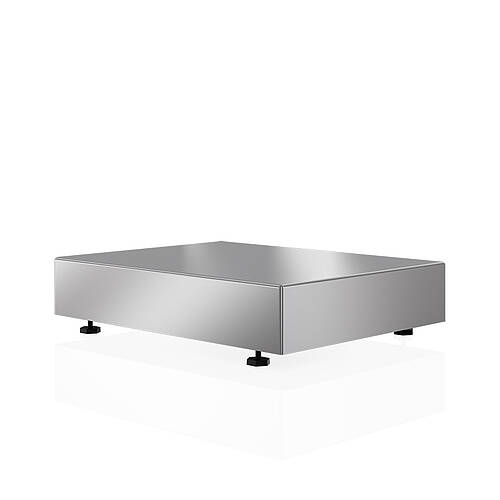
IW-B-FS
Weighing Range: 120 kg
0-120 kg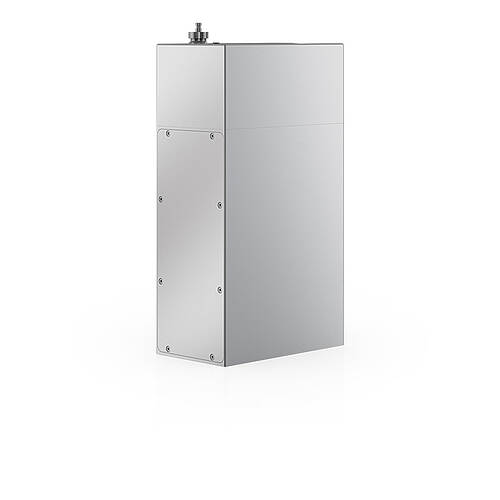
MTC-AW-FS
Multitrack
MTC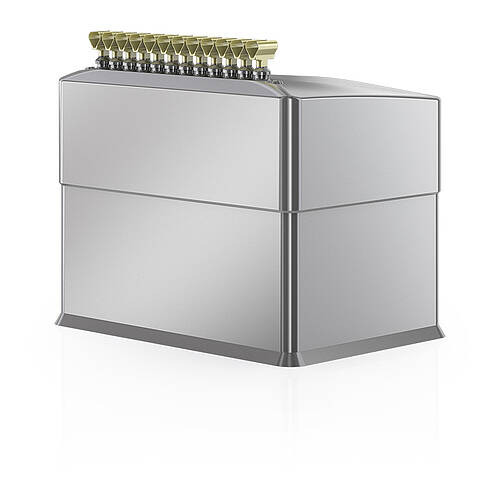
MTC-FS
Multitrack
MTC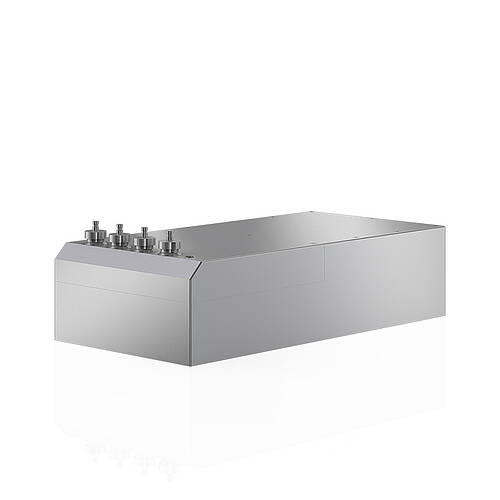
MTC-HL-FS
Multitrack
MTC
Curious to find out more?
Wipotec Weigh Cells: You ask. We provide detailed answers.
In this section you will find a lot of detailed information about Weigh Cells.
Do you prefer short, concise answers? Go to the “Compact Weigh Cell Facts” section.

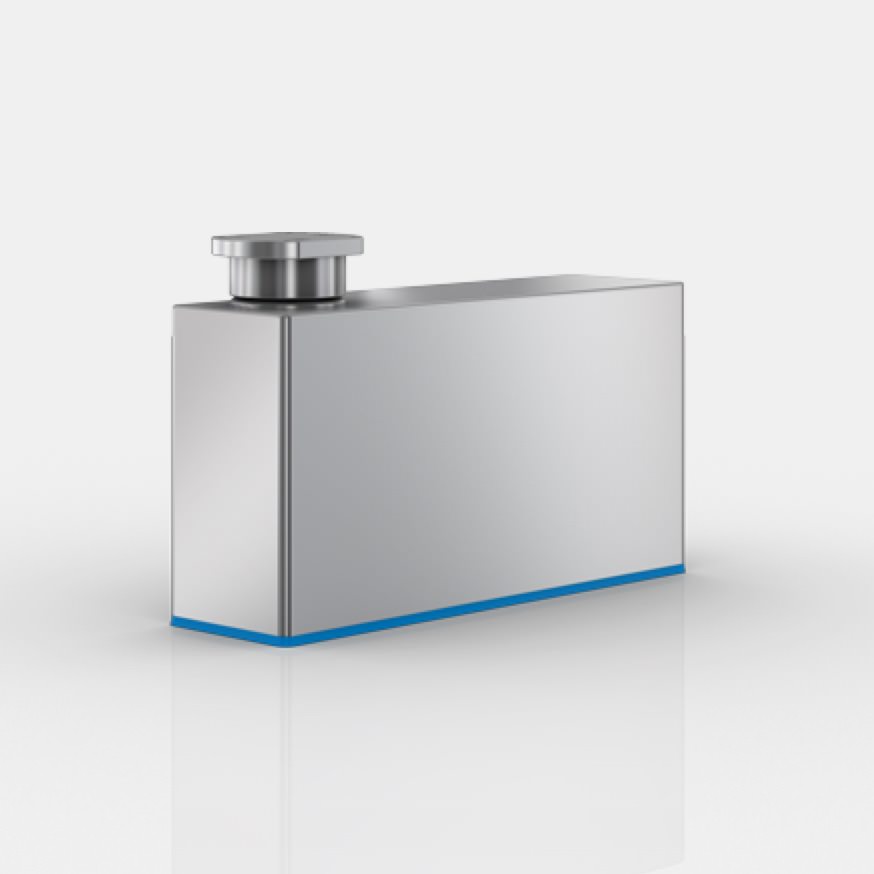
How does a Weigh Cell work?
The classic design of a mechatronically complex Weigh Cell consists of
- the balance mechanism
- a position indicator
- an electromagnetic controller
- a digital interface
A CNC-machined monoblock made of aluminum, for example, can form the basis of the design.
Wipotec Weigh Cells use the principle of EMFR. In technical literature, this technical specification is also referred to as electromagnetic force restoration (EMFR).
These weight sensors are comparable to a simple beam balance. If a weight is placed on one side of the beam, the coil attached to the opposite side of the weighing beam attempts to move out of the magnet’s magnetic field.
A photodiode detects this deviation. Exactly enough current is then sent through to the coil to ensure that it is balanced. The current is proportional to the weight force and is measured using a measuring resistor. After further processing in a microprocessor system, a digital signal is produced, which can be processed further, for example, into weight data.
With this EMFR operating principle, we ensure that our Weigh Cells guarantee high resolutions, good reproducibility and short measuring times. The basis for the extremely short settling times and the sampling rates of just one millisecond are due to
- our unique fast-sampling technology
- the precision of our monoblock system and
- the internal controllers and filter stages
This is why our Wipotec EMFR Weigh Cells are perfectly suited for all highly dynamic, extremely fast and extremely accurate weighing processes, for example in the pharmaceutical industry, in food production, for aerosols, in cosmetics or in mechanical engineering.
The EMFR principle – fast and precise on principle
You want to know exactly?
In this video we explain how the EMFR operating principle works. In clear and concise English. Further information about the weighing principle is available in English on our website.
Do you have any more questions?
What are digital Weigh Cells?
Digital Weigh Cells are electronic sensors that are used to measure weight. When it comes to speed, digital beam balances or EMFR scales have a clear advantage, as their measuring times are significantly shorter than those of strain gauge scales thanks to the extremely short settling time. They are therefore mainly used in high-speed industrial applications such as in the pharmaceutical, healthcare and cosmetics industries, in the food industry or in chemical manufacturing and filling processes, especially in the construction materials and minerals sector. But high speeds are also important for courier, express and parcel services (CEP), as well as the mail order and intralogistics sectors.
Special digital and compact multilane Weigh Cells from Wipotec can also be supplied with electronics in a separate housing. Especially in multilane applications, this prevents the formation of heat, which is detrimental to fast and highly accurate weighing, as there is no need for complex cooling.
As an alternative to the electronics box, Wipotec Weigh Cells can be operated on MMS2 system components (MMS2 = Modular Multilane System). All components are designed with IP65 protection and so do not need to be installed in a separate control cabinet. Multilane modules designed in this way can be configured individually: Thanks to the modular system, users can simply plug in the electronic modules for the Weigh Cells at lane level – and connect an AVC sensor. Such digital Weigh Cells provide reliable and accurate measured values even when exposed to severe vibrations, as may occur in multilane, high-speed production systems.
MMS/modular multilane systems – exactly as many Weigh Cells as you need
Advantages at a glance:
- Countless fieldbuses such as CANopen, EtherNet/IP, EtherCAT, Profinet IO or Powerlink
- Active Vibration Compensation (AVC) as standard
- Safe wash down for better performance in cleaning processes
- Many installation options, also using a mounting flange
- Practical self-check for consistent accuracy
- Extremely high sampling rate with 1,000 measured values per second
Curious to find out more?
Where are weigh modules used?
Weigh Cells are used in almost all industries.
EMFR Weigh Cells can be found wherever the lowest weights meet the highest production speeds. Typical sectors include the pharmaceutical industry, the automotive sector, electronics manufacturing, the chemical industry, aerospace technology, the logistics sector and, of course, food production:
- E-mobility: Platform Weigh Cells weigh the various battery components, for example.
- Healthcare: The weight indicates whether packed products are complete.
- Chemicals: Used in belt scales, platform Weigh Cells monitor manufacturing and filling processes for dynamic weight determination in the continuous measurement of bulk goods.
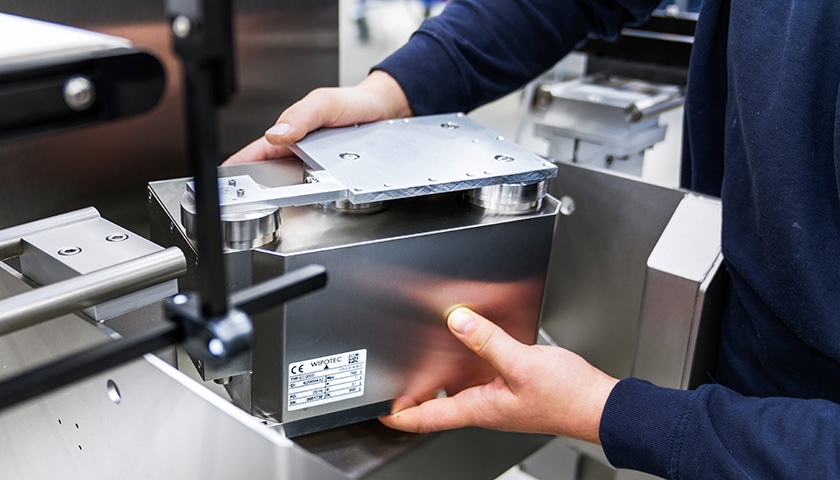
What is the difference between a tension load cell and a compression load cell?
Tension load (tension force) cell
Tension load cells are used for static weighing tasks in the process industry and for conveying applications as well as high-precision dosing. This includes, for example, filling level measurement of suspended containers. With the appropriate interfaces, the weighing electronics provide digital weighing results for all common process management systems.
The load is usually applied to load cells from above. Modules from Wipotec, which operate using the electro-magnetic force restoration (EMFR) principle, can also be used to measure tensile forces. Load introduction from above is then replaced by tension force from below. Wipotec Weigh Cells are mounted upside down to measure tensile loads. The product to be weighed can be attached directly to the Weigh Cell in the load direction.
Compression load (compression force) cell
Compression load cells are among the most widely used types: They are usually positioned beneath the object to be measured. Wipotec’s compression load Weigh Cells operate using the principle of electro-magnetic force restoration (EMFR). Due to their operating principle, such special modules offer high resolutions and good repeatability together with the shortest measuring times. They can also accurately measure very small weight forces. This is why they are used by preference in precision and fine balances as well as analytical and microbalances.
An optional integrated test weight allows a self-check at any time to verify the functionality of the Weigh Cell. Depending on the specification, Wipotec compression load Weigh cells also meet the washdown specifications of protection classes IP65 and IP69K. This makes cleaning the scales considerably easier.
What makes Wipotec weigh modules so special
Measured values in the shortest time
Each Wipotec Weigh Cell consists of a monoblock that is milled from aluminum. They are based on the principle of electro-magnetic force restoration (EMFR) and work like a mechanical beam balance whose minimum deflection is compensated electrodynamically. Our models deliver very accurate readings in the shortest possible time. They do not require a spring element that deforms under load like strain gauge load cells.
Unwavering precision
Our solutions are perfect for areas where shocks are an everyday occurrence, as they are equipped with AVC (Active Vibration Compensation) technology. AVC is a sensor-based measurement technology that filters out shocks and vibrations in all three spatial axes, without losing time or accuracy. Weigh Cell modules equipped in this way are therefore perfect for demanding production environments or sorting centers. In these environments they secure competitive advantages with their unfailing precision.
Curious to find out more?
Weigh Cell compact facts
What is a Weigh Cell?
Wipotec Weigh Cells measure weights in micrograms and milligrams – or even larger weights from 50 kg to 120 kg. They are installed in a wide range of scales.
- Strain gauge load cells use a strain gauge attached to a spring body for measurement.
- EMFR Weigh Cells use the principle of electro-magnetic force restoration (EMFR) and are therefore particularly fast and extremely accurate.
What does a Weigh Cell measure?
A Wipotec Weigh Cell module measures weights and forces – it reacts to pressure or tension from micrograms up to 120 kilograms. To do so, it uses the principle of electro-magnetic force restoration (EMFR). This is why a Wipotec Weigh Cell works quickly and precisely.
How does an EMFR Weigh Cell work?
An EMFR Weigh Cell uses the principle of electro-magnetic force restoration (EMFR). In its functionality, it is similar to a simple beam balance. If a weight is placed on one side of the beam, a coil attached to the opposite side of the weighing beam attempts to move out of the magnet’s magnetic field. This deviation is detected by a photoelectric beam (zero indicator). Following this, exactly enough current is sent through to the coil to ensure that it is balanced. As the current is proportional to the weight and is measured via a resistor, it can be converted into a digital signal and further processed.
Where are Weigh Cells used?
Weigh Cells are indispensable in almost all industries: SG load cells, which work using a strain gauge, are often used to measure weights once.
However, as soon as the weighing process is dynamic and fast, Weigh Cells that work according to the principle of electro-magnetic force restoration (EMFR) are the solution: These models can process the lowest weights at the highest production speeds. Such processes exist in the food industry, in the production of electronic components or in the pharmaceutical industry, for example. These products are also used in aerospace technology.
What types of Weigh Cells exist?
Weigh Cells are available in many different designs – always matching the type of scale, such as platform scales, floor scales, bench scales, static scales, checkweighers or catchweighers. The most important parameter for the development of custom-fit modules is firstly measuring accuracy. However, the measuring speed, the height of the weights and the type of measurement (tension, compression, dynamic or static) also play an important role.
What is a digital Weigh Cell?
Digital Weigh Cells are a special type that process and evaluate weights digitally. These special modules are available in two designs:
- In strain gauge scales, the geometry of a spring element changes under load. This elastic deformation is recorded by a strain gauge (SG) and converted into an electrical signal.
- EMFR scales function like a mechanical beam balance whose deflection is compensated electrodynamically with the aid of a magnetic coil. Digital Weigh Cells from Wipotec operate using the principle of electro-magnetic force restoration (EMFR) – in the weight range between 1 microgram and 120 kilograms.
What is the function of a Weigh Cell?
Such a module is at the heart of every precision scale: It measures the weights placed on or attached to these scales extremely accurately.
What is a platform Weigh Cell?
As the name suggests. platform Weigh Cells are mostly used in platform scales. Such special scales are important for dynamic filling, packaging and weighing processes in the food and pharmaceutical industries. In these high-speed production lines, in addition to speed, maximum robustness and easy cleaning are particularly important. This is precisely what Wipotec Weigh Cells offer.







